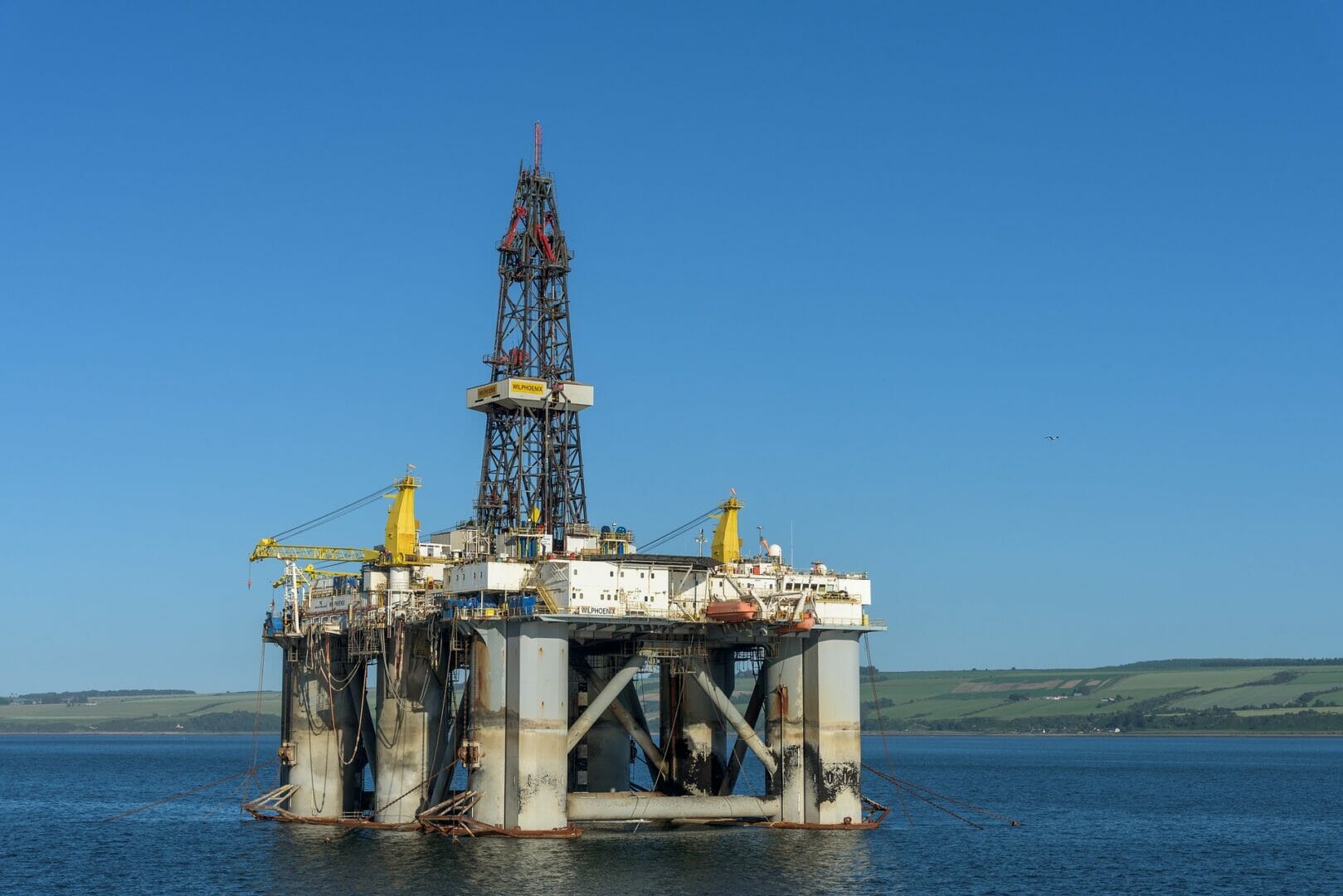~ Inspection robots allow safe maintenance in challenging spaces ~
Maintenance in industrial settings is essential to maximise efficiency and prevent accidents, but can be a hazardous and difficult job. In these harsh conditions, robots can perform inspection and maintenance tasks to safeguard human workers. Here Stewart Goulding, managing director of drive system supplier, EMS, looks at some of the industrial environments where robots dare to venture.
Some of the world’s most valuable industries, such as the power generation and oil and gas industries, bring high risk as well as important commodities. Regular maintenance at their sites is crucial for preventing accidents and failures, but performing inspection tasks can be difficult and dangerous. Inspection robots allow these duties to be completed easily and safely.
Boiler benefits
Robots are able to carry out maintenance tasks in the hard to access, hazardous and dirty environment of a water tube boiler. These boilers are commonly used in steam turbine power generation, but also in other industries such as chemical processing and paper manufacturing. Water is fed into the system and travels through tubes past a furnace to produce superheated steam.
If damage to these boilers, such as material corrosion, is left unchecked, there can be catastrophic safety implications and unplanned, costly interruptions to critical industrial processes. Therefore, regular maintenance of water tube boilers is highly important.
Inspection robots are capable of performing maintenance tasks easily and to a high standard. They can crawl along the water tubes and carry out visual inspections using a camera system. They then measure the thickness of the tube walls using ultrasonic thickness sensors and clean the tubes.
Conducting maintenance tasks with a robotic system, rather than human workers, holds a number of benefits. As the robots can be operated remotely, human workers remain out of harm. In addition, many traditional preparation tasks, such as securing work permits and assembling scaffolding, are no longer required, therefore saving time and money.
Oil and gas orienteering
Remote-controlled inspection robots hold benefits in other high risk environments, such as those in the oil and gas industry. Structures in this industry are exposed to harsh environmental conditions throughout their operational life, and therefore require a thorough maintenance regime.
Damage can occur from high pressures, corrosive chemicals, wear and tear and extreme temperatures. If damage goes unnoticed, dangerous consequences can follow, such as leakages, failures and explosions. Regular inspection is important, but can be challenging where equipment is in tight or hazardous spaces, or in the case of offshore oil rigs, underwater.
In these situations, inspection robots are replacing traditional human inspections. Robots can perform tasks such as gauge readings, observing valve operation and monitoring acoustic abnormalities.
Meritorious motors
When designing inspection robots, it’s important that engineers choose motors with high reliability, as a robot failure would require a complicated recovery job. Keeping the system compact should also be a priority for design engineers, so that the robots can fit into tight spaces, such as water tubes.
The FAULHABER BXT flat brushless motors offer a short drive solution with class-leading torque, therefore delivering high power while still being able to fit into small space envelopes within inspection robots. EMS is the sole UK supplier of FAULHABER motors, which are all made in a high precision manufacturing process that ensures the greatest accuracy and reliability.
Keeping industrial equipment in check ensures operations run safely and efficiently, but maintenance can be challenging and dangerous for human workers to carry out. Inspection robots can perform inspection tasks in tight and hazardous areas, helping to keep important equipment running and workers safe.








